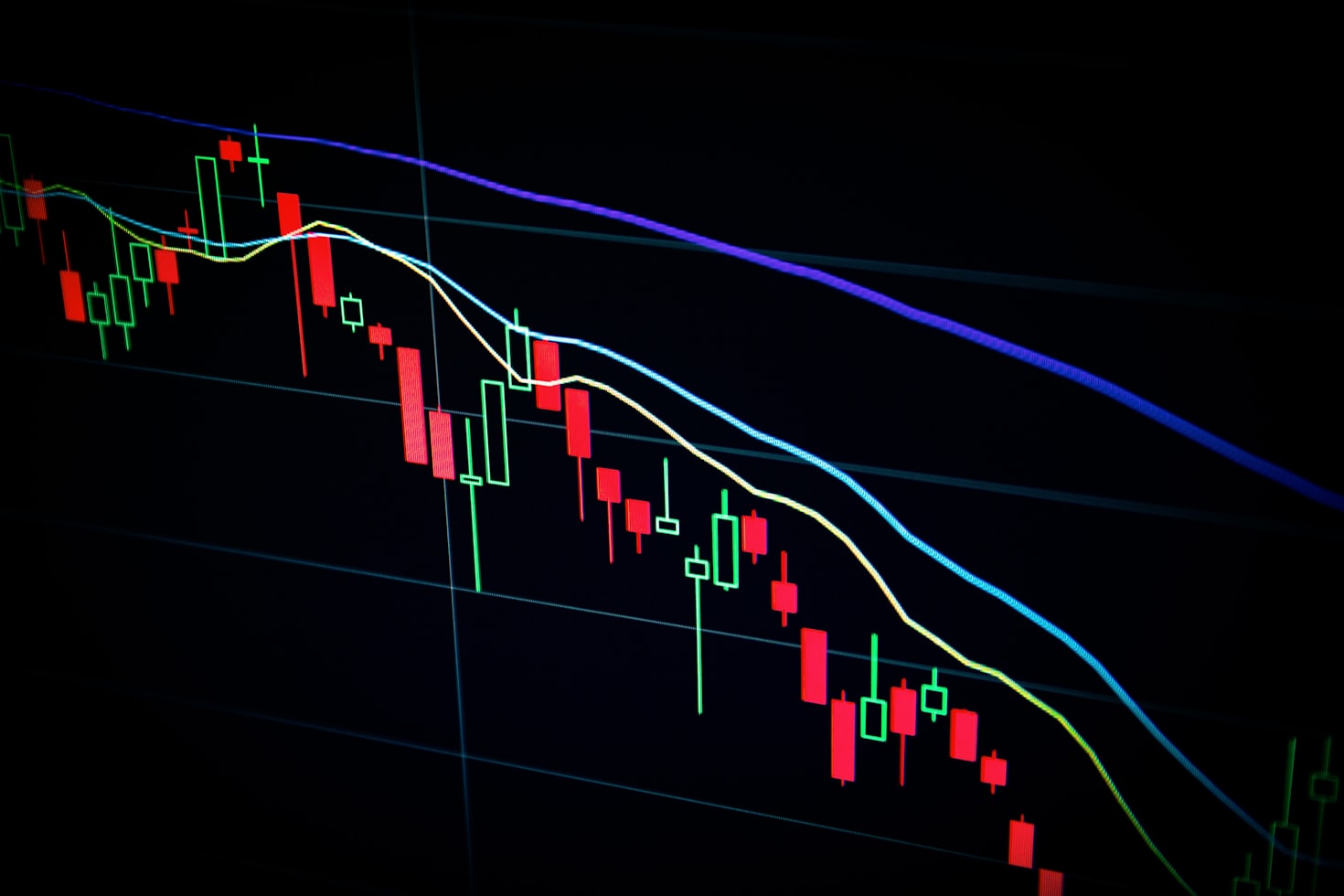📚 Table of Contents
Rising Demand for Climate-Aligned Green Bonds
The global shift toward sustainability is accelerating, and green bonds are at the forefront of this movement. Investors are increasingly prioritizing climate-aligned financial instruments that offer both competitive returns and measurable environmental impact. In 2025, we expect to see a surge in demand for green bonds that adhere to strict climate benchmarks, such as the Paris Agreement’s 1.5°C pathway. Corporations and municipalities are under pressure to align their financing strategies with net-zero commitments, making climate-aligned green bonds a critical tool for raising capital.
For example, Apple Inc. issued a $2.2 billion green bond in 2023, earmarking funds exclusively for renewable energy projects and carbon-neutral supply chains. Similarly, the European Union’s NextGenerationEU program has allocated billions toward green bonds to finance large-scale infrastructure projects. These trends indicate that investors are not just looking for green labels—they want verifiable, science-backed impact.
Another key driver is the growing influence of ESG (Environmental, Social, and Governance) ratings. Institutional investors, including pension funds and sovereign wealth funds, are mandating that their portfolios include only bonds with high ESG scores. This shift is pushing issuers to adopt rigorous reporting standards, such as those set by the Climate Bonds Initiative (CBI), to attract capital.
Sovereign Green Bonds Take Center Stage
Governments worldwide are recognizing the potential of sovereign green bonds as a tool for financing national climate agendas. In 2025, we anticipate a significant uptick in sovereign issuances, particularly from emerging economies seeking to fund renewable energy, sustainable agriculture, and resilient infrastructure projects. Countries like India, Brazil, and Nigeria have already made strides in this space, with India’s inaugural sovereign green bond in 2023 raising $1 billion for solar and wind energy expansion.
One notable trend is the linkage between sovereign green bonds and national climate policies. Germany’s “Twin Bond” strategy, for instance, pairs conventional bonds with green bonds to ensure liquidity while meeting sustainability goals. Meanwhile, the UK’s Debt Management Office has integrated green gilts into its long-term financing strategy, signaling strong government commitment to sustainable finance.
Investors are also paying close attention to sovereign green bonds due to their lower risk profile compared to corporate issuances. With governments backing these instruments, default risks are minimized, making them an attractive option for risk-averse investors who still want exposure to the green bond market.
The Emergence of Transition Bonds
While traditional green bonds finance purely sustainable projects, transition bonds are gaining traction as a bridge for high-carbon industries shifting toward sustainability. In 2025, expect to see more oil & gas, steel, and aviation companies leveraging transition bonds to fund decarbonization efforts. These bonds are particularly relevant for industries that cannot immediately pivot to 100% renewable energy but are committed to reducing their carbon footprint over time.
For instance, Italian energy giant Enel issued a €1 billion transition bond in 2023 to phase out coal plants and invest in hydrogen technology. Similarly, Japan’s Ministry of Economy, Trade, and Industry (METI) has endorsed transition bonds as part of its national decarbonization strategy, providing a regulatory framework for issuers.
However, transition bonds face scrutiny over “greenwashing” risks. To address this, organizations like the International Capital Market Association (ICMA) are developing stricter guidelines to ensure that proceeds are used for genuine transition activities. Investors should look for third-party verification and clear transition pathways before committing capital.
Technology-Driven Transparency in Green Bond Markets
Blockchain and AI are revolutionizing how green bonds are issued, tracked, and reported. In 2025, expect widespread adoption of distributed ledger technology (DLT) to enhance transparency in bond issuance and impact reporting. Smart contracts, for example, can automate compliance with green bond frameworks, ensuring that funds are allocated only to pre-approved projects.
HSBC’s blockchain-based green bond platform, launched in 2023, reduces settlement times from days to minutes while providing real-time tracking of environmental impact. Similarly, AI-powered analytics tools are helping investors assess the credibility of green bonds by analyzing issuer disclosures against global standards like the EU Taxonomy.
Another innovation is the use of satellite imagery and IoT sensors to monitor funded projects. For instance, a solar farm financed by a green bond can now provide real-time data on energy output and carbon savings, giving investors unparalleled visibility into their impact.
Asia’s Dominance in Green Bond Issuance
Asia is poised to lead global green bond issuance in 2025, driven by China’s aggressive sustainability targets and Southeast Asia’s booming renewable energy sector. China alone accounted for over 40% of global green bond issuance in 2023, with proceeds funding everything from electric vehicle infrastructure to green buildings.
South Korea’s “Green New Deal” has also spurred corporate issuances, with companies like Hyundai Heavy Industries raising $500 million for offshore wind projects. Meanwhile, Singapore’s Monetary Authority (MAS) is incentivizing green bonds through tax breaks and grants, positioning the city-state as a regional hub for sustainable finance.
Investors should watch for cross-border green bonds, where Asian issuers tap into European and North American demand. The ASEAN Green Bond Standards are harmonizing regional frameworks, making it easier for global investors to participate in Asia’s green growth story.
Conclusion
The green bond market is evolving rapidly, with 2025 set to be a landmark year for climate-aligned investments. From sovereign issuances to tech-driven transparency, these trends reflect a maturing market where impact and returns go hand in hand. Investors who stay ahead of these developments will not only capitalize on financial opportunities but also contribute meaningfully to global sustainability goals.


Leave a Reply